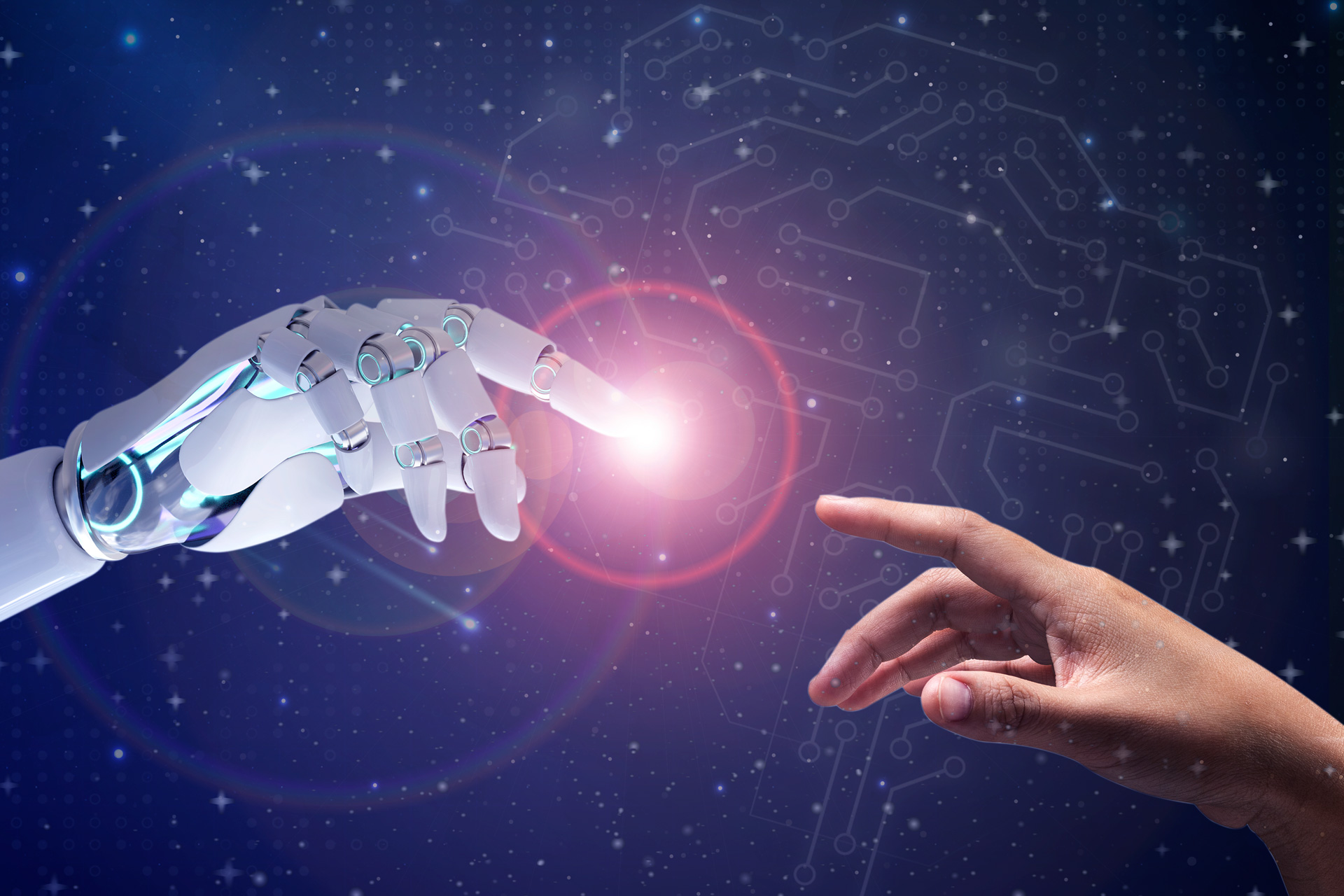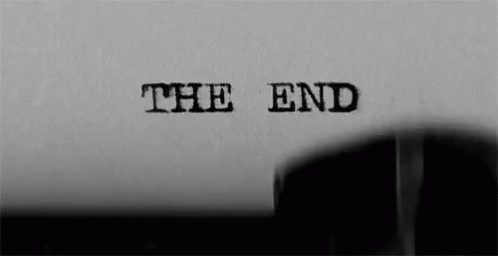
The term “artificial intelligence” (AI) was first coined in 1956, but the field of AI has seen a resurgence in recent years thanks to advances in machine learning. Machine learning is a subset of AI that deals with the ability of computers to learn from data. This is different from traditional programming, where a programmer writes a code that tells the computer what to do. With machine learning, the computer writes its own code based on the data it is given.
This has led to some amazing achievements, such as a computer being able to beat a human champion at the game of Go, and algorithms that can generate realistic images of people who don’t exist. But as AI gets better at generating images, writing code, and doing other creative tasks, there is a risk that it will replace human creativity. After all, if a machine can do it better, why bother with a human?
There are already examples of this. Take Adobe’s Photoshop Express app, for instance, it uses AI to automatically remove blemishes and improve the colour of photos. Another example is the “deep learning” algorithm used by Google’s “Quick, Draw!” game is better at identifying doodles than humans are. As AI gets better and better at creative tasks, it is likely that more and more jobs that currently require human creativity will be taken over by machines.
This could have a devastating impact on the employment market, as well as on our culture as a whole. So far, AI has mostly been used to supplement human creativity, rather than replace it. For instance, Adobe’s Creative Cloud app uses AI to suggest colours and shapes that might be used in a design. And the Airtable app uses AI to automatically generate charts and graphs from data. As AI gets more powerful, it is likely that it will increasingly be used to replace human creativity. We need to be aware of this risk and take action to ensure that AI is used to complement, rather than replace, human creativity.

The above text was generated with OpenAI’s machine learning engine: text-davinci-002
Now you may be wondering, “the end?” Why the question mark? Isn’t the post finished? You may be confused, but let me clear it up for you. What you have just read was written by a machine! It’s not easy to wrap your head around, but it is actually a fairly simple process.
I, the human writing this article, typed a single sentence into a text generator: ‘Write a 300-word blog post on how artificial intelligence is replacing human creativity.’ And, at the push of a button, with a ‘lag time’ of roughly 5 seconds, the AI generated an informative and elegantly written blog post. All I did afterwards was go through the post and add links to various sources. It really was that easy.
The implications of Artificial Intelligence on human creativity
As my AI friend has already gracefully informed you, machine-learning tools and AI have seen massive advancements in recent years, with game-winning robots and on-the-fly image editors — or even essay writers. One particularly active company in this space is OpenAI, which is responsible for creating the algorithm text-davinci-002, the software that allowed me to ‘create’ the blog post above. Although this type of software is ground-breaking and exciting, we, as humans, now face a number of new ethical dilemmas.
With this technology in play, how do we define plagiarism? Can I, as the human providing input into the model, claim the output as my own work? Or must I credit the AI itself? Or the developer of the model? Or the author(s) that created the original data that the model learnt from?
In the future, these ethical dilemmas will become increasingly commonplace and, as such, we will hopefully find a sound solution that doesn’t involve too much trial and error. These AI tools are immensely powerful, but at the same time, they can be extremely dangerous. So, let us follow the wise words of my co-author: “We need to be aware of this risk and take action to ensure that AI is used to complement human creativity, rather than replace it.”
